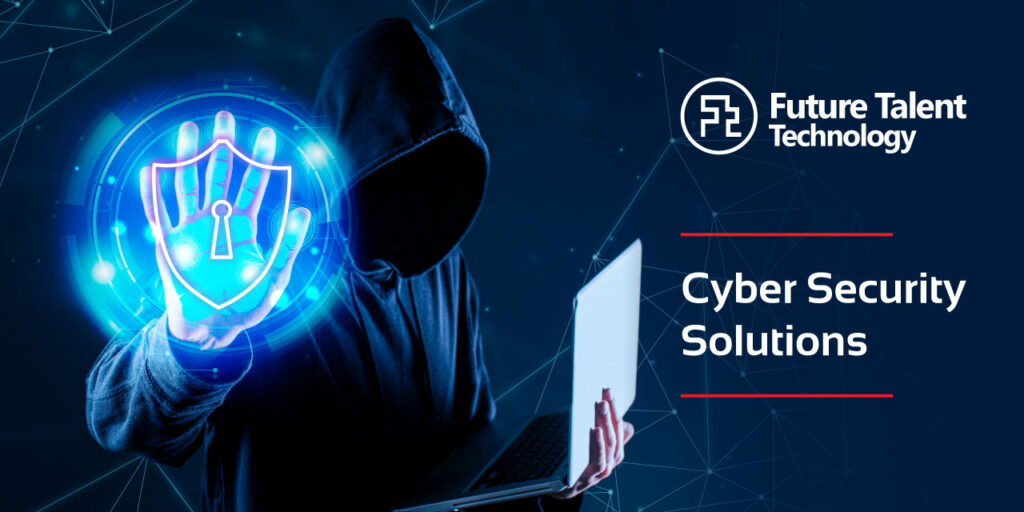
Introduction
In an era where digital threats are omnipresent, ransomware separates itself by its potential to cause maximum disruption with a single click. These sophisticated cyber-attacks have forced organizations to rethink their security approaches, with a growing realization that human behavior is as crucial as technological defenses. Initiatives like the Ransomware Vulnerability Warning Pilot underscore how integral awareness and preparedness are in combating these threats. Companies are progressively understanding that an informed workforce is a formidable defense line.
Failure to adequately prepare staff can render even the most advanced technological defenses ineffective. Organizations can significantly bolster their security posture against ransomware attacks by empowering employees with knowledge and training.
The Role of Human Behavior in Cybersecurity
Employees represent a complex aspect of cybersecurity, as their actions can either strengthen or severely undermine security protocols. The occasional naiveté or oversight, such as unintentional clicks on phishing emails or downloading attachments from unknown sources, can inadvertently lay the groundwork for a ransomware breach. Recognizing and addressing these behaviors through awareness programs holistically fortifies an organization’s defenses. An insightful analysis of CSO Online explores the security benefits of having all employees vigilant against cyber threats.
Moreover, human intuition and skepticism can serve as key defenses against scams and social engineering tactics, areas where AI and automated defenses often falter. By leveraging these human traits, companies can create a more resilient front against potential security compromises.
Why Awareness is Critical
Awareness is the foundation of effective cybersecurity. For instance, employees trained to recognize subtle phishing tactics can prevent potentially devastating lapses. Ransomware schemes often rely on psychological manipulation and a lack of vigilance within the organization. Real-world case studies have illustrated how informed decisions by alert employees can thwart attacks before they inflict harm.
By investing in awareness programs, companies minimize potential financial loss and damage to reputation and foster an internal culture that values cybersecurity. Empowered employees contribute to a shifting dynamic favoring more secure, less breach-prone environments.
Building an Effective Training Program
Assessment of Current Knowledge
Understanding your staff’s baseline knowledge is the starting point for any successful training initiative. Through surveys and evaluations, organizations can identify areas of vulnerability or misinformation. This diagnostic step lays the groundwork for a targeted training regimen that addresses specific weaknesses within the team.
Interactive Workshops and Simulations
Conventional training methods often need more engagement for retention and application of knowledge. As an alternative, interactive exercises such as simulations and live-action role-playing scenarios can simulate real threat environments, thus preparing employees through experience rather than theoretical instruction. These methods foster a deeper understanding and quicker recall of procedures and best practices during real incidents.
Regular Updates and Refreshers
The cyber threat landscape is dynamic, and so must the training that counters it. Regularly scheduled refreshers ensure that employees stay abreast of emerging threats and fortify any learning gaps that may arise over time. As highlighted by the SANS Institute, training programs evolve to effectively meet current threats by maintaining a continuous improvement cycle.
Implementing a Culture of Security
The organizational ecosystem must naturally incorporate security as a core value. Cybersecurity principles should be inculcated into everyday practices, and employees should be encouraged to voice security concerns without fear of backlash. By rewarding proactive behavior, organizations can create incentives that nurture a culture focused on security.
Regular forums, open discussions, and comprehensive staff meetings discussing potential threats and recent attacks can further embed security consciousness within the company’s DNA. By aligning business goals with security objectives, the transition to a culture of security can be smooth and enduring.
Technology and Human Synergy
As technology advances, its integration with human oversight creates an amplified defense mechanism. Automated systems provide real-time detection of anomalies, while human intuition governs decision-making based on context and unique circumstances. This synergy allows organizations to respond to threats with precision and effectiveness.
It is critical to ensure employees are aware of and confident in using such technological aids. Training should cover threat recognition and how technology supports these efforts. This holistic approach ensures that employees and systems work together to manage risks effectively.
Metrics for Success
Measuring the impact of training efforts is crucial for their ongoing refinement and success. Core metrics like the number of phishing incidents, the speed of response to potential threats, and the overall reduction in security breaches can inform the effectiveness of training programs. Regular assessment and adjustments based on these metrics ensure strategies remain relevant and successful.
Organizations can adapt their teaching techniques and policies by maintaining a feedback loop to suit their workforce’s needs better. This cyclical improvement model ensures that cybersecurity technology and human elements are consistently optimized.
Practical Tips for Ongoing Improvement
Continually revitalizing cybersecurity measures keeps an organization’s defense ready for new challenges. Recommendations for maintaining preparedness include:
- Integrate cybersecurity training modules into onboarding processes for new employees.
- Leverage feedback from training sessions to customize and enhance program content.
- Use gamification elements to increase engagement and reinforce learning.
Such practices strengthen security defenses and instill in employees a lasting understanding of the importance of their role in cybersecurity.
Final Thoughts
Ransomware and other cyber threats continue to challenge organizations, but the risks can be significantly contained with a well-educated and vigilant workforce. The human factor in cybersecurity serves as a line of defense and a point of vulnerability. Thus, consistently evolving training efforts that combine technology with human expertise are crucial. As companies strive to create a secure digital environment, they must leverage the unique capabilities of their employees, continuously educating them to face and mitigate these threats head-on.

